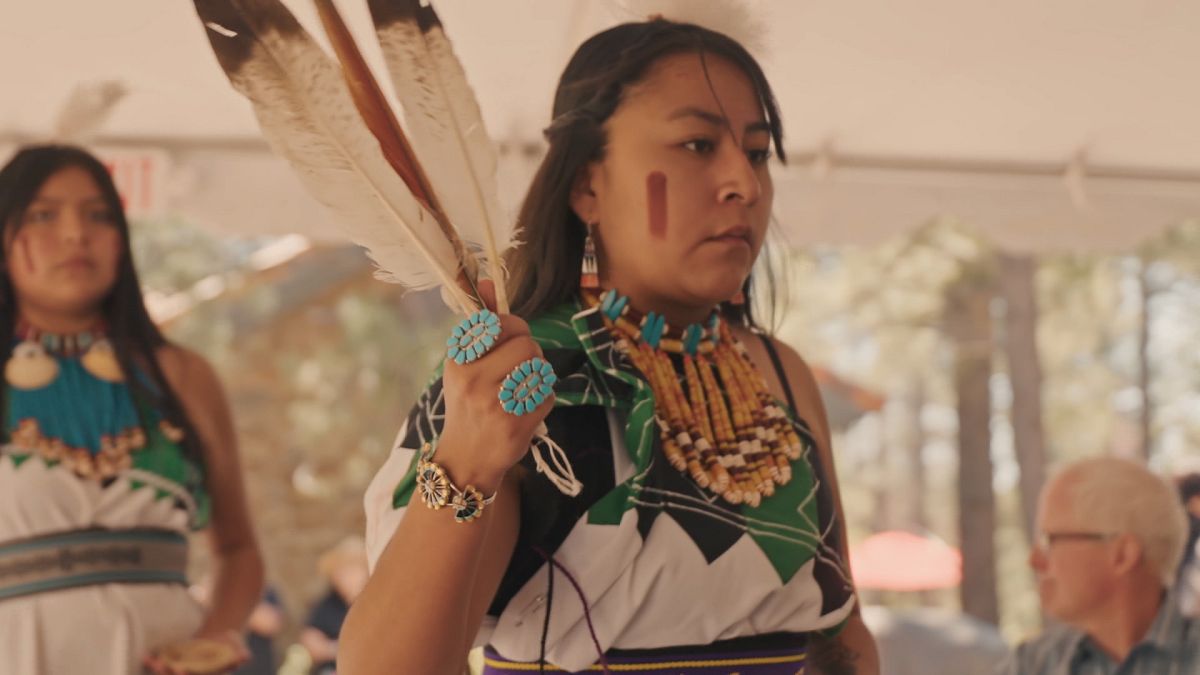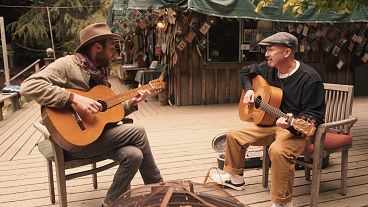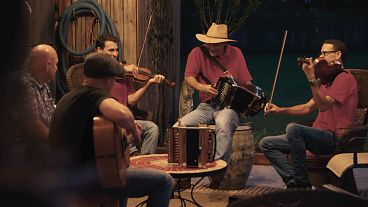Find out how the local landscape and indigenous communities have shaped Phoenix's musical identity.
In Phoenix, Arizona, we tour the desert landscape, visit the Mecca of musical instruments, and learn all about the indigenous roots of this city known as the "Valley of the Sun."
To familiarise ourselves with the city's surroundings, we first head out for an ATV tour of the Sonoran Desert with Devin O'Bryan of local tour operator Stellar Adventures. Located about 45 minutes from downtown Phoenix and 30 minutes north of Scottsdale, it's very accessible.
"The entire area we explore is part of the Four Peaks Wilderness Recreation Area, with more than 800 linear miles of trails in this area of the desert alone. So it offers our tours the ability to hike a variety of trails. You have to imagine that a lot of these trails, many years ago, was all horse and wagon," Devin tells us.
Discovering the history of local music and culture
Whether it's in downtown Phoenix or in the Tempe area or Scottsdale. There's a club, there's a venue, there's every genre of music imaginable. That's why we visited the Musical Instrument Museum (MIM). With more than fifteen thousand pieces, it's a Mecca for music lovers.
"People come from all over the world. When they're discovering some of the natural landscapes they also have an opportunity to discover the musical landscape here at MIM," explains Richard D. Walter, curator of the Musical Instrument Museum.
Some of the instruments in the collection have been passed down from generation to generation and continue to represent community, family and heritage. To Richard, they mean more than the physical instrument. They mean people, they mean humanity.
To learn more about the music of Phoenix's indigenous communities, we visited the Heard Museum, a space dedicated to the advancement of American Indian art. The Heard Museum's Director of Community Engagement, Marcus Monenerkit, gives us the details:
"The museum was founded in 1929. So, it has a complete collection of about forty-five thousand objects. But today, our charge, our mission, is to represent American Indian culture. There's heaviness, but there are also moments of celebration and they appear fairly regularly. There's also a lot of music, dance and chanting that go along with the ceremony and rituals," he explains.
"Music belongs to everyone"
Another necessary visit is to the Heritage Festival, held in neighbouring Flagstaff, to catch some performances and talk with those who showcase their roots.
"It doesn't matter what language we speak if we don't understand each other if we play a rhythm, a pattern or a melody, it connects with you," musician Aaron White, who grew up surrounded by Native culture through music, shares with us.
But it's not just traditional music on display at the Heritage Festival. Sage Bond, a local musician, combines traditional influences and culture with a touch of heavy metal to create something unique.
"I'm glad to be able to participate in this show at the Heritage Festival. People see the traditional aspects, experience the culture and also hear modern, contemporary music. Natives don't always play traditional music. We also do other things. We are people of today. We're not people of the past," Sage says.
Phoenix is not a traditional city. Its influence and culture extend beyond its borders and are deeply rooted in music. And while the mild climate and glorious sunshine attract visitors from around the world, it's those experiences, cultures and locals that truly make this city a must-see.



